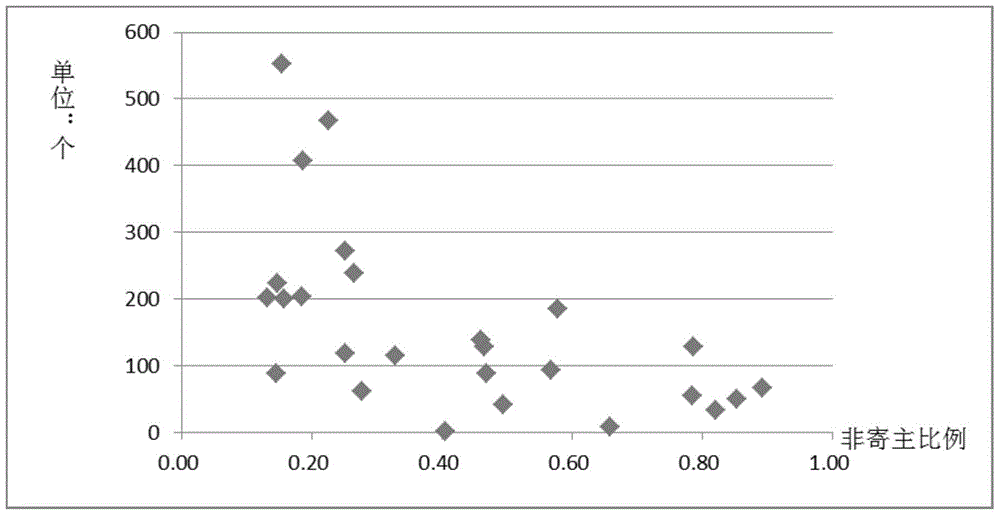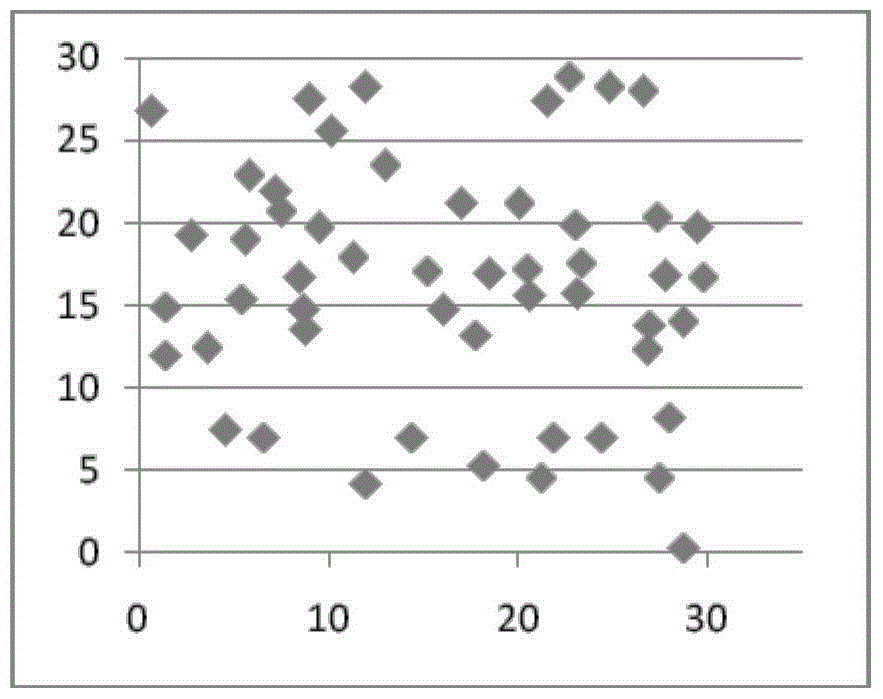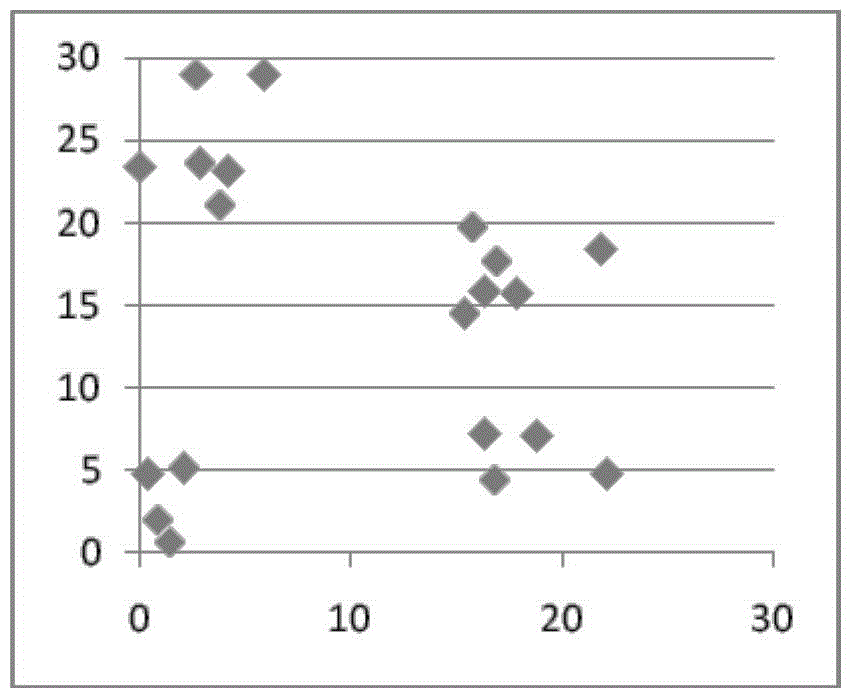Regulation methods to reduce the damage of the platysma to host plants
A technology for host plants and platysma, which is applied to the prevention and control of platysma, and the field of controlling platypus harm to host plants based on the stand structure, which can solve the problem of huge economic cost of chemical control, unsustainable effects, and contradictory environmental positioning. problems, to achieve the effect of making full use of environmental elements, conducive to tree growth, and increasing the difficulty of diffusion
- Summary
- Abstract
- Description
- Claims
- Application Information
AI Technical Summary
Problems solved by technology
Method used
Image
Examples
Embodiment 1
[0046] Example 1 Regulation of Kunyu Mountain sawfly based on stand structure
[0047] (1) Allocation pattern of tree species in the forest
[0048] To transform the tree composition of the Kunyu Mountain forest plot, the host plant pine (one or more of red pine, black pine, Korean pine, Huashan pine, loblolly pine, Bank pine, or American-Canada red pine) and non-host plants were used. The combination mode of Hovenia acerba mixed species, through tending, thinning, replanting and other measures, makes the proportion of non-host Hovenia acerba reach 28% of the total number of trees.
[0049] Thinning and tending can be divided into three times. For the first two thinnings, host plants with higher density of host plants, poorer growth environment and tree vigor are selected as thinning objects. The intensity of each thinning depends on the site conditions. The general intensity of thinning is The number of plants accounts for 15%-20% of the total number of plants before the fir...
Embodiment 2
[0054] Example 2 Regulation of Kunyu Mountain sawfly based on stand structure
[0055] The specific method is the same as in Example 1, the difference is that the composition of the trees in the forest plot of Kunyu Mountains is transformed, and the host plant pine (red pine, black pine, Korean pine, Huashan pine, loblolly pine, bank pine or American-Canada red pine) is used. One or more) mixed with the non-host plant Populus ussuriensis, through measures such as tending, thinning, and replanting, the proportion of the non-host Populus reached 28% of the total arbor plants, and the host plant in the woodland The plants were randomly distributed, the non-host plants were aggregated, and the whole arbor was randomly distributed.
Embodiment 3
[0056] Example 3 Regulation of Kunyu Mountain sawfly based on stand structure
[0057] The specific method is the same as in Example 1, the difference is that the composition of the trees in the forest plot of Kunyu Mountains is transformed, and the host plant pine (red pine, black pine, Korean pine, Huashan pine, loblolly pine, bank pine or American-Canada red pine) is used. One or more) mixed with non-host plants Hovenia acerba and Populus ussuriensis, through tending, thinning, replanting and other measures, so that the ratio of non-host acerba and Populus reaches 30% of the total arbor plants, the host plants in the woodland are randomly distributed, the non-host plants are aggregated, and the arbor is randomly distributed as a whole.
PUM
 Login to View More
Login to View More Abstract
Description
Claims
Application Information
 Login to View More
Login to View More - R&D
- Intellectual Property
- Life Sciences
- Materials
- Tech Scout
- Unparalleled Data Quality
- Higher Quality Content
- 60% Fewer Hallucinations
Browse by: Latest US Patents, China's latest patents, Technical Efficacy Thesaurus, Application Domain, Technology Topic, Popular Technical Reports.
© 2025 PatSnap. All rights reserved.Legal|Privacy policy|Modern Slavery Act Transparency Statement|Sitemap|About US| Contact US: help@patsnap.com



